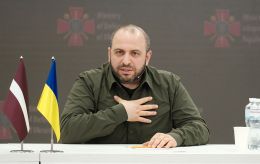Assaults, battles, and foxholes: Report from Kurdiumivka, where battles persist
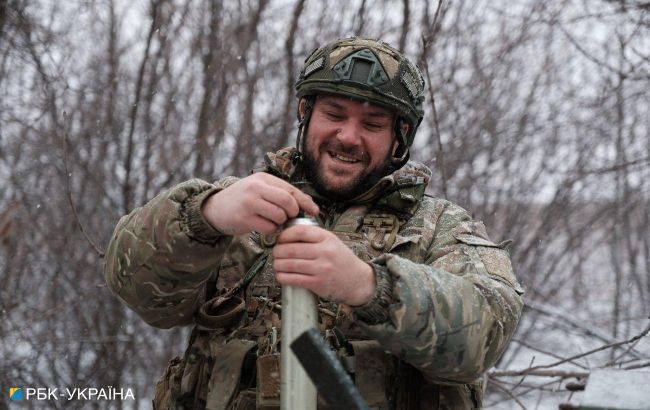 Ukrainian fighter in Kurdiumivka (photo: Vitalii Nosach/RBK-Ukraine)
Ukrainian fighter in Kurdiumivka (photo: Vitalii Nosach/RBK-Ukraine)
KURT and Company Group of the 28th Separate Mechanized Brigade is holding the defense on the Bakhmut direction near the settlement of Kurdiumivka. The soldiers successfully repelled powerful attacks from the Wagner group, regaining control of the dam, considered a strategically important objective. Currently, the unit's fighters stand firm in their positions, delivering daily firepower to the enemy. A day in defense near Kurdiumivka is detailed in this material.
The village of Kurdiumivka, situated south of Bakhmut, much like many Ukrainian villages, was not widely recognized in times of peace. The name "Kurdiumivka Acid-Resistant Products Plant" didn't reveal much, but the bricks once manufactured by this plant paved Andriivskyi Descent in Kyiv, Primorskyi Boulevard in Odesa, and Pushkin Boulevard in Donetsk. These bricks were made from a unique clay with no analogs in the CIS countries.
However, Kurdiumivka gained notoriety in broader circles not for this. Today, the village is regularly mentioned in the daily reports of the Armed Forces of Ukraine. Russian occupiers initially destroyed almost everything in the village and now have it semi-encircled. Ukrainian military, including the 28th Separate Mechanized Brigade and the unit KURT and Company, refuse to surrender their positions, holding the defense along the railway and effectively targeting Russian forces.
Foxholes
The road to Kurdiumivka passes through Toretsk and Kostiantynivka. The sight that unfolds before us no longer evokes surprise – the blackened earth, charred remnants of buildings and trees, craters from shells, and the smell of gunpowder in the air. The closer to the front line, the more pronounced it becomes.
"Immediately put on your helmets!" the commander shouts.
We listen and pay attention – the sounds of explosions and "outgoings," which were previously muffled and indistinct, become increasingly clear, taking on a rounded shape. The commander who ordered us to put on helmets is called "Kurt." To avoid being startled by the whistle of shells, we ask him about the battles in Bakhmut.
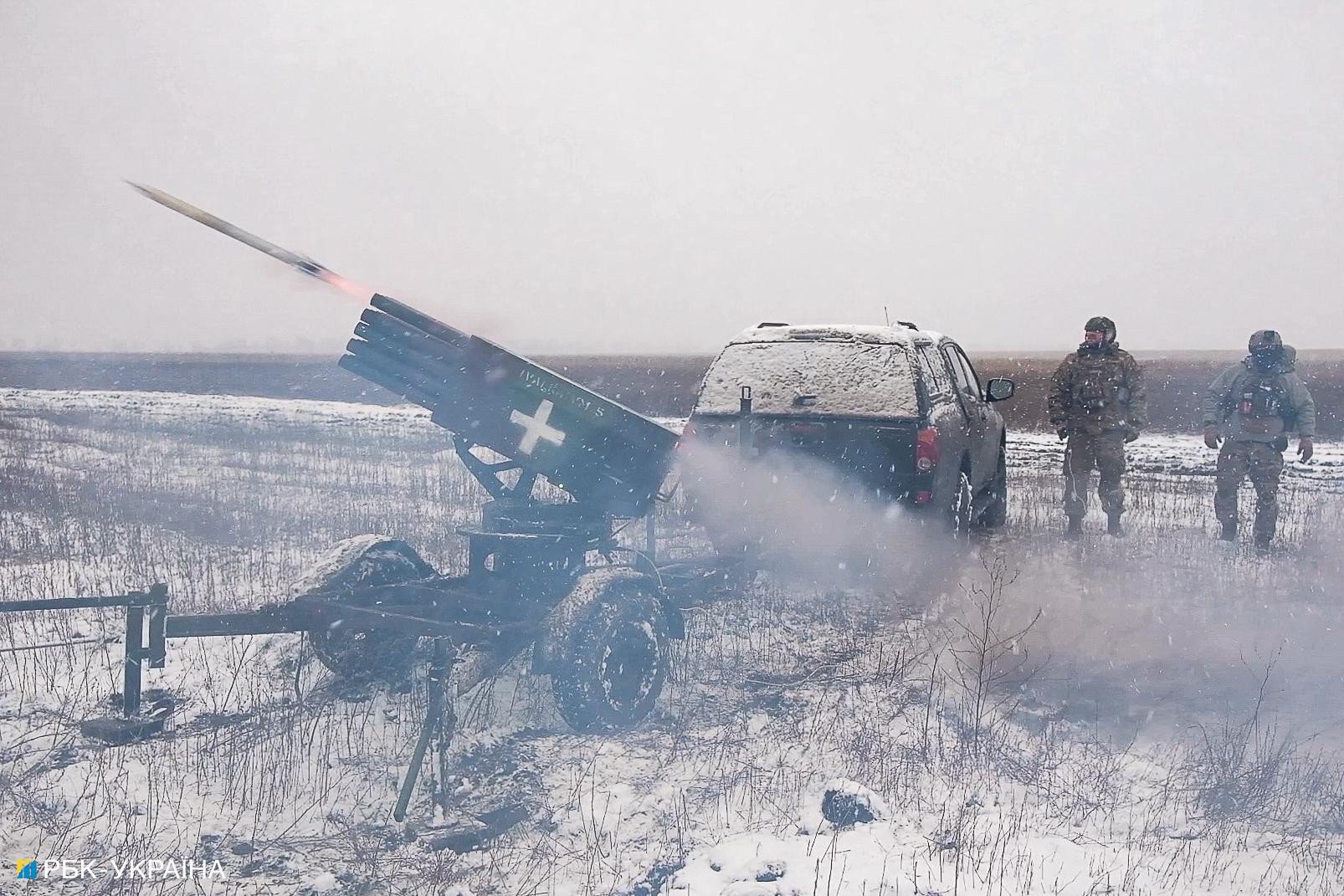
"We arrived near Bakhmut on December 1, took positions in the Kurdiumivka area. For three days, our group was shelled by Grads, and then the Wagnerians came after us.
Kurt admits that he has a special attitude towards the Wagner PMC militants. Initially, he knew almost nothing about them, as much as a military should. He studied the Wagnerians on the battlefield – their equipment, tactics, maneuvers, and experience. And then he "figured them out."
"My comrade Makar and I came up with a technique for a firing line – rifle, RPG, mortar, artillery. That's it. The 'Wagnerians' constantly tried to storm my positions, and I couldn't afford not to engage in combat with them. And there, I 'loved' them."
The Wagner fighters never reached the Kurdiumivka dam defended by Ukrainian forces. Kurt's defense, as the field commander at the time, held out the longest there, until the military was encircled.

While we talk, a vehicle with a mobile group enters the field road. The entire horizon is one vast snow-covered field. It would be beautiful if not for the black tire tracks and Russians about a kilometer away. On the road, we see a car stuck in wet ground. It needs to be pulled out quickly because it can turn into a target.
The vehicle stops at the last point before "zero," and Kurt, his deputy, and the drone pilot get out. They unload a Carl Gustav recoilless rifle and RPG, quickly load them, and we switch to another car. The plan is to quickly reach the point, engage the occupiers, and immediately withdraw to avoid retaliation. The sky turns gray, and snow starts falling, but for the fighters, it's an advantage – it will be harder for the enemy to track where the strike came from. Kurt shoulders the RPG, raises it into the sky, and freezes.
"Fire!"
The projectile erupts from the barrel, framed by fire. The sound arrives a second later, pounding the ears, followed by an even louder one from the recoilless rifle. And then another series of "shots." A few seconds later, the voice on the radio reports that the targets are hit. Kurt turns to us with satisfaction.

"Now, the enemy employs the 'foxhole' tactic. Once they dig in, it's challenging to pull them out. So, we're dismantling this position."
We quickly get into the car and drive to a remote location, where a Nursomet is attached to the vehicle, and Makar carefully loads it. Then, we advance to our positions again. The drone pilot launches the copter to determine where the enemy is hiding. The fighters understand each other without words; their work is fast and mechanical. A command is given, and the missile launcher begins to spit out projectiles one after another. The hissing salvo leaves behind clouds of gray smoke and a familiar smell. The series of shots interrupts the breath and induces a strange sensation, not typical for these places – exhilaration.
"Kurt, well done! Great approaches!"
Later, from the drone video, we see how the projectiles launched today successfully hit the enemy's positions. The foxholes are devastated.
At home
The fighters of the KURT and Company Group have set up in a small cottage. When Kurt is here, he constantly sits behind the monitor and drinks hot coffee. On the screen – drone footage. The fighters review, adjust, and analyze their work. Kurt invites volunteers to join his unit because collective motivation is crucial in this endeavor.
"I personally check each one. We handle everything given to us – from reconnaissance to firefights. The largest unit is the drone unit because they are our eyes, ears, and guidance. Then comes the assault group, AGS operators, mortar operators, and grenadiers. There's also a mobile semi-assault group. It's a thorn in the side for the Russians, as it constantly 'pounces' on them, forcing them out of their positions."

We're talking to Kurt, and meanwhile, in the kitchen, they are frying chebureks that the fighters made by hand. While the rooms fill with the smell of fried dough with meat, we head to Mammoth. The pilot of the strike drone, Mammoth, is also sitting in front of the monitors. He's a young guy who constantly tries to keep a serious face, but his eyes give him away. When he talks about how he eliminates the enemy, he can't hide a smile.
"How does it work? It's not like we work from dawn to dusk, and the enemy does whatever. No. In the evening, I'm replaced by the night shift."
"So, you don't even let them take a break?"
"No, not at all. Our unit works on enemies 24/7."
Workshop
Not far from the front, there is a small cabin filled with shells and their contents. The guy tinkering with them when we enter carefully wipes the tube of a grenade launcher with a clean rag. His call sign is "Van Gogh," probably because he affectionately calls his room a workshop. Van Gogh's specialty is making explosive material from everything that comes from the Russians. He grinds grenades through a meat grinder, disassembles shells from Smerches, and extracts guts from trophy Malyutka rockets.
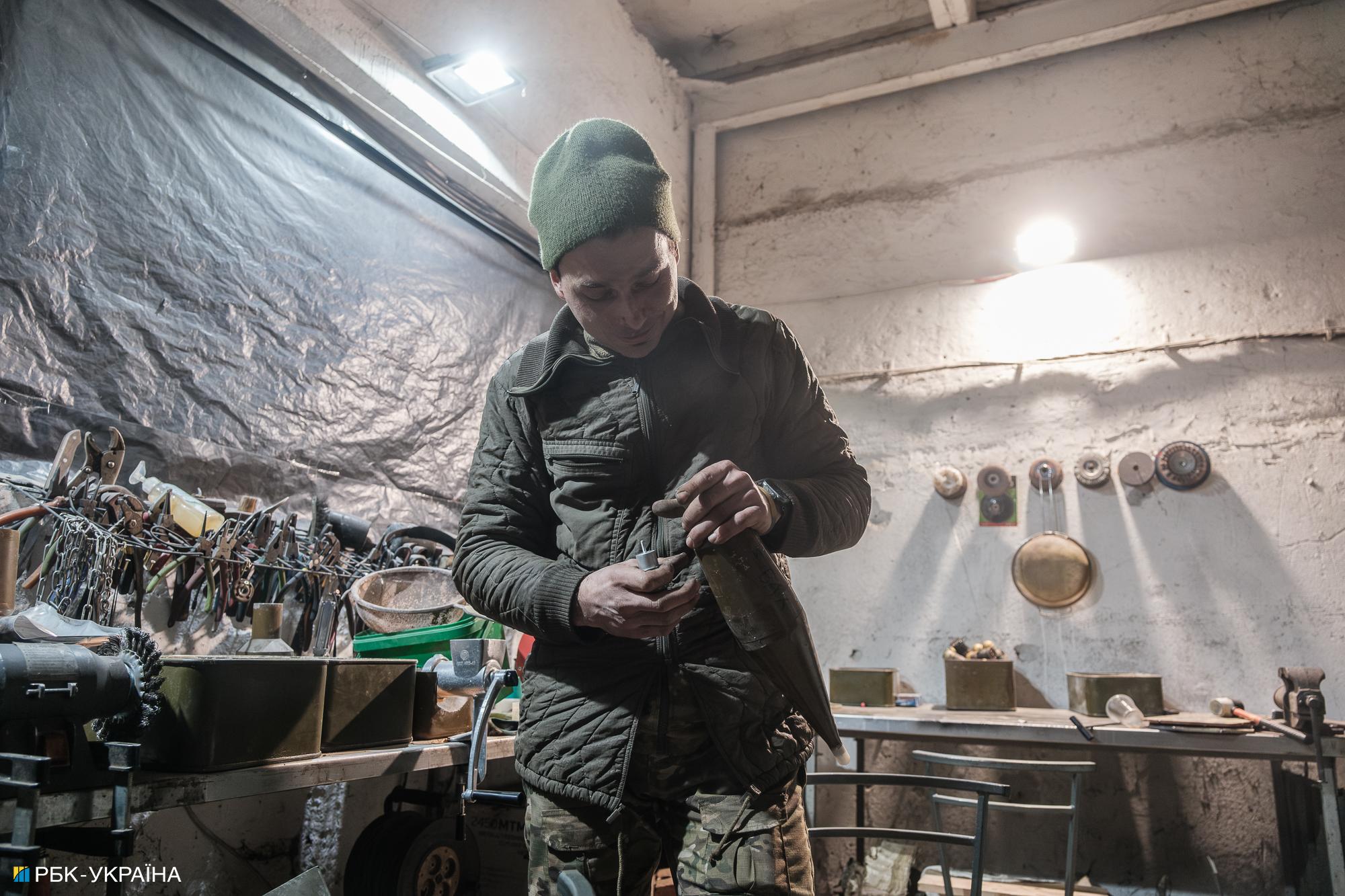
"In our workshop, we transform various munitions every day, using some of their parts or the entire thing. We have minimal waste — whatever can fly does, whatever can explode, does."
In Van Gogh's space, dozens of pliers, rolls of adhesive tape, knives, jars, and even a regular kitchen sieve hang on shelves and grids nailed to the walls. He speaks with the enthusiasm of an inventor and almost tenderly looks at his creations. Probably, when Kurt spoke about shared motivation, this is exactly what he meant.
The day we spent with the fighters, they considered successful. The Russians had losses, and they are still alive. Kurt says that he and his guys will stand in defense for as long as it takes.
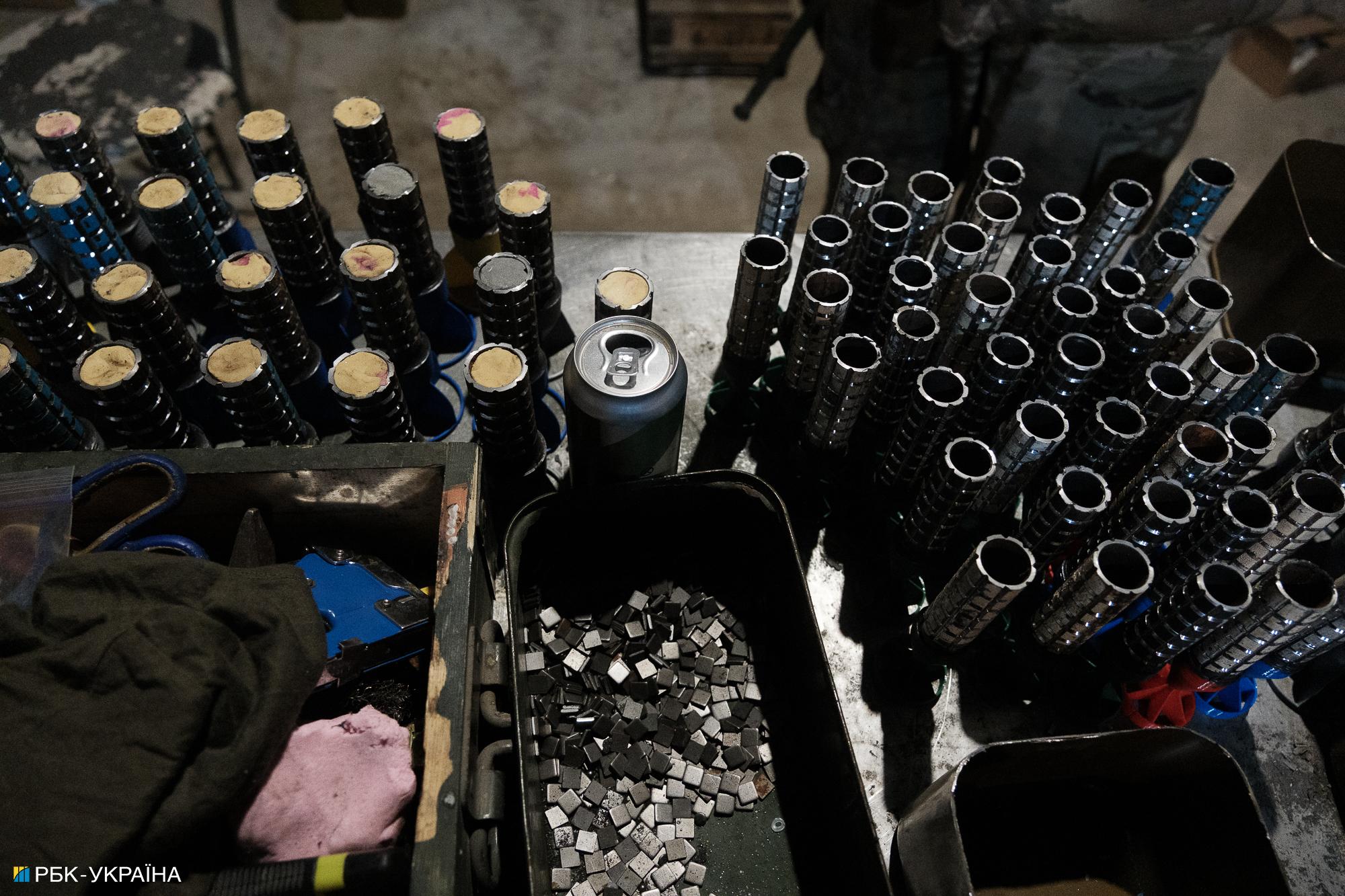
"Let Ukrainians know about our small unit. Ukraine exists as long as we fight. We will carry out the necessary tasks and move towards victory. We will definitely achieve it. The God-given opportunity to defend the Motherland is a license to kill."
Julia Akimova also contributed to the material.
